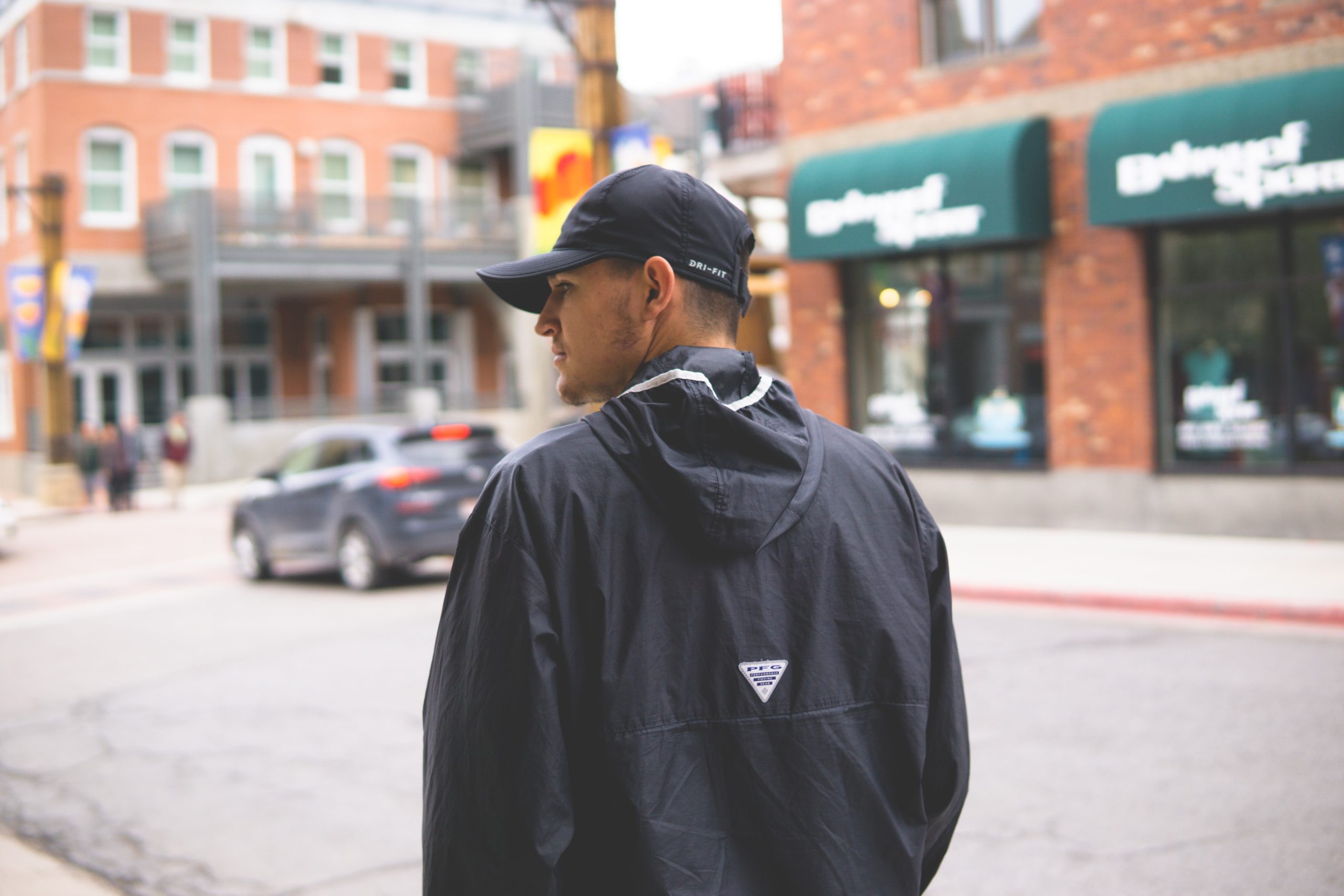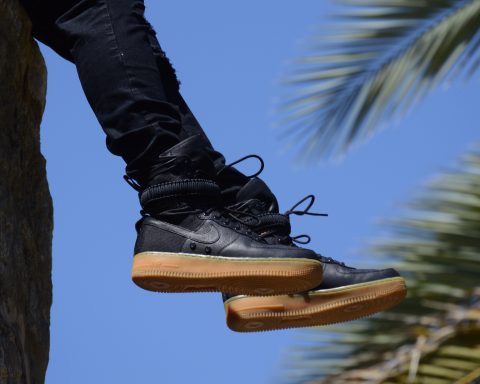As fashion trends come and go, streetwear has emerged not as a fleeting trend but as a dominant cultural movement, significantly influencing the sartorial landscape. Defined by its distinctive aesthetics and the spirit of rebellion, streetwear is a testament to the transformative power of fashion as an expressive medium.
A Glimpse into the Genesis of Streetwear
Streetwear’s roots lie in the vibrant cultural landscape of 1980s California. Fusing influences from surf, skate, punk, and hip-hop subcultures, streetwear was born as an embodiment of defiance against mainstream fashion. It was fashion’s response to a youth hungry for self-expression and an alternative narrative.
Decoding the Aesthetic of Streetwear
The streetwear aesthetic champions individuality and the idea of comfortable self-expression. Key elements include oversized tees, baggy jeans, hoodies, denim jackets, graphic prints, and statement-making accessories. Footwear is paramount, ranging from cult classics like the black TNS to high-end collaborations that elevate sneakers into a realm of coveted luxury.
The Giants of the Streetwear Industry
Certain brands have played pivotal roles in shaping the streetwear landscape, with labels such as Supreme, Stüssy, BAPE, and Off-White leading the charge. These brands have seamlessly blended style with culture and identity, resonating with a global audience and earning cult-like followings.
The Convergence of Streetwear and Luxury Fashion
In an unexpected turn of events, streetwear has infiltrated the realm of high fashion. Luxury brands, realizing the power and influence of the streetwear movement, have begun to incorporate streetwear aesthetics into their collections. This has resulted in intriguing collaborations, such as the Louis Vuitton x Supreme line, that continue to blur the lines between luxury and street fashion.
The Influence of the ‘Drop’ Culture
Streetwear has revolutionised the fashion business model through the concept of ‘drop’ culture – the practice of releasing limited quantities of new items at unannounced times. This strategy, fostering a sense of scarcity and exclusivity, has proven successful in driving demand and boosting brand value.
Social Media: Streetwear’s Digital Stage
The rise of social media has played a significant role in the global spread of streetwear. Platforms like Instagram and Twitter provide a space for sharing styles, promoting brands, and fostering a sense of community among streetwear enthusiasts, effectively democratizing and internationalizing the movement.
Towards a Sustainable Streetwear
In the wake of the sustainability movement, streetwear is adapting to the call for more ethical practices. New brands are emerging with a focus on responsible sourcing, sustainable materials, and ethical manufacturing, demonstrating that streetwear can align with conscious consumerism without compromising its bold aesthetics.
Streetwear: Beyond the Wardrobe
Streetwear is not just about clothing; it is a multifaceted cultural movement that permeates music, art, and lifestyle. It carries a distinct philosophy and attitude that resonates with a generation seeking to express their identity, values, and beliefs through their attire.
Streetwear and Its Cultural Significance
Streetwear has moved beyond being a fashion trend; it’s a reflection of societal shifts and the evolving attitudes of the youth. It represents a democratization of fashion, where personal style, authenticity, and individual expression trump the traditional dictates of fashion houses.
Streetwear’s Influence on Pop Culture and the Music Industry
The symbiotic relationship between streetwear and the music industry is evident. Artists across various genres often incorporate streetwear aesthetics into their visual identities. In return, their influential status helps elevate streetwear brands’ popularity, turning fashion into a critical component of their artistic expression.
Celebrity Endorsements: The Streetwear Amplifier
From sports stars to influential personalities in music and film, streetwear has seen its popularity and reach amplified through celebrity endorsements. Their adoption of streetwear not only boosts the profile of these brands but also underscores the deep connections between streetwear, popular culture, and identity.
Education and Streetwear: An Emerging Trend
In recognition of its cultural impact, academic institutions worldwide have begun integrating streetwear into their fashion and design curriculums. This development reflects the profound influence of streetwear and its potential to reshape the future of the fashion industry.
Streetwear’s Future: A Speculation
As we look toward the future of streetwear, we can anticipate continued evolution and innovation. With the potential to further merge with high fashion, expand its sustainable practices, and intensify its influence in the world of digital and virtual fashion, the possibilities for streetwear seem limitless.
Conclusion: Streetwear as a Lasting Cultural Phenomenon
In summary, streetwear has transcended its origins to become a vital part of global fashion and culture. Its aesthetics, philosophy, and influence have revolutionized the fashion industry, creating a space for self-expression, rebellion, and creativity. As streetwear continues to evolve and challenge traditional fashion norms, its cultural impact is expected to strengthen, leaving an indelible mark on the world of fashion. Ultimately, streetwear is more than just a clothing style – it’s a form of identity, a cultural phenomenon, and a fashion revolution.








